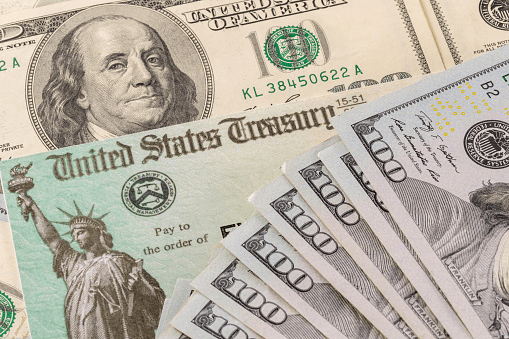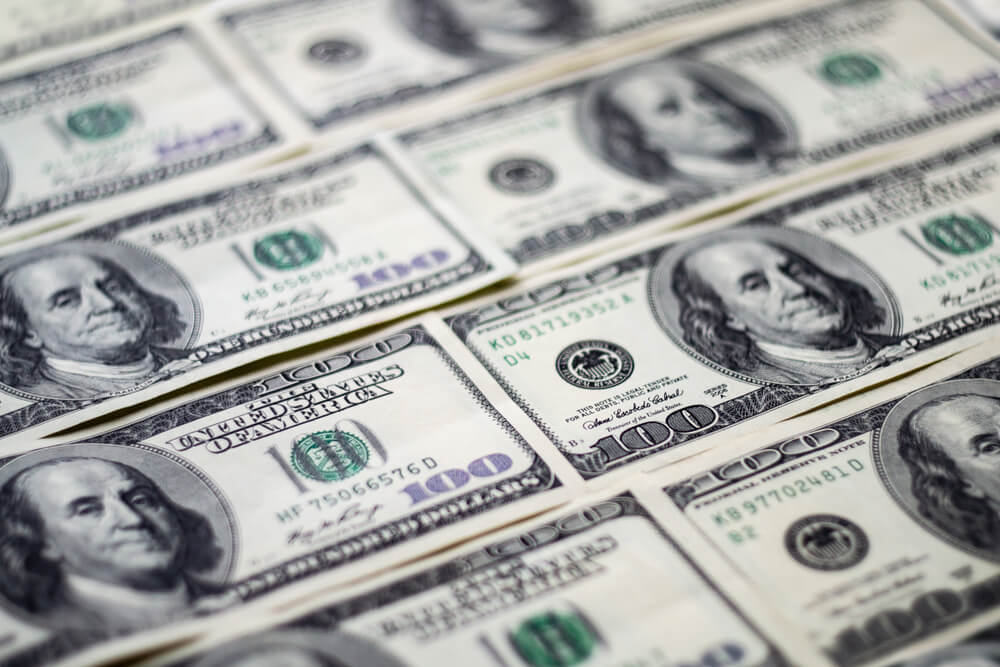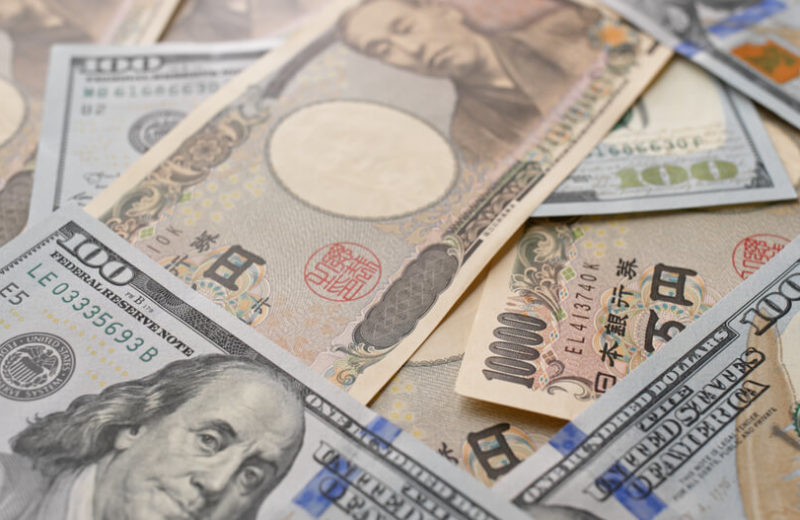After the best week in almost six months, the United States dollar is off to two-month high.
Big net short United States dollar points to the chance of further rise.
Concerns about infections hamper the euro. The rate hike boost fades. Thus, the Turkish lira is at a record low.
Doubts concerning economic recovery persisted before a barrage of economic data and political developments in the United States. Thus, on Monday, the United States dollar hovered near a two-month peak against a basket of currencies. On Friday, there was a rebound in United States stocks. Thus, it helped curb the ascent of the United States currency, considered a safe haven. Nevertheless, signs of a slowdown in the nascent recovery from the pandemic and political uncertainties have kept investors on guard.
The United States dollar index slipped to 94.21. Last week, it reached a two-month high of 94.745. Thus, since early April, it posted its most significant weekly rise. The United States dollar was more subdued at 105,36 yen, against the yen.
Dollar and Other Currencies
The pound jumped to $1.2896 in hopes that Britain can secure a Brexit trade deal with the European Union.
After dropping to $1.16125 on Friday, the euro rose 0.3% to $1.1661. It is the lowest in two months.
Christin Tuxen is head of research at Danske Bank. He said that rising global and notably European risk aversion continues to be United States dollar positive. Thus, investors entered the period of questioning the reflation/recovery/risk theme stretched on the United States dollar shorts.
Also, Friday’s data on United States currency futures suggested that the United States currency had room to rise further. Speculators are holding a big net short position in the currency. They could move it to cover if the United States dollar carries higher.
Last week, speculators’ net short position rose to $33.989 billion. That is what United States Commodity Futures Trading Commission’s broad measure of dollar positioning showed















